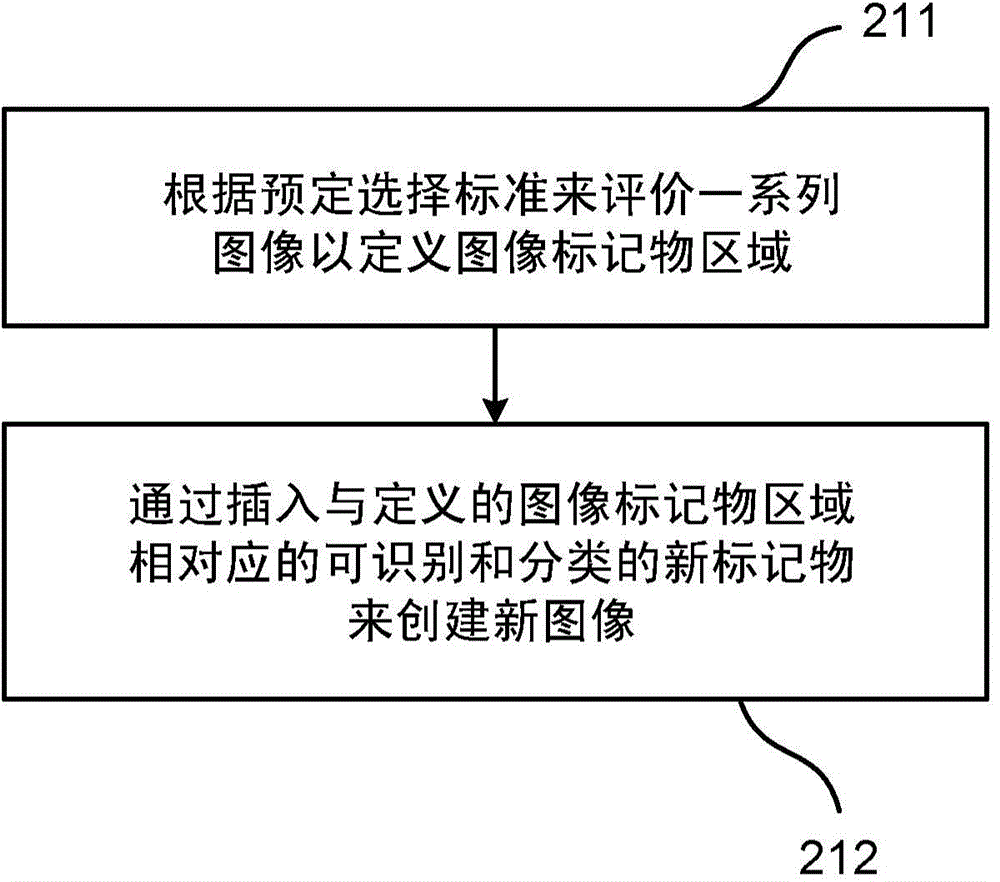Method for providing images of a tissue section
A technique for tissue sectioning and imaging, applied in the field of immunohistochemistry and computer-based image analysis
- Summary
- Abstract
- Description
- Claims
- Application Information
AI Technical Summary
Problems solved by technology
Method used
Image
Examples
example 1
[0237] Example 1: Tissue processing, sample preparation and section generation.
[0238] Includes the following human tissues:
[0239] -Human terminal colon: Surgical resection due to inflammation and suspected indeterminate colitis.
[0240] -Human lung tissue from patients with chronic obstructive pulmonary disease, COPD and cystic fibrosis: due to lung resection due to suspected lung cancer, the analyzed tissue was unaffected by the cancer and was obtained as far away from the tumor as possible.
[0241] - Human Lymph Nodes: Larger draining lymph nodes collected in association with lung transplantation due to severe COPD or cystic fibrosis.
[0242] -Human tonsils: collected as part of a common tonsillectomy due to recurrent episodes of tonsillitis.
[0243] Samples (ie, tissue blocks) of all tissue types were subjected to common fixative immersion by immersion in common fixative (4% buffered formaldehyde pH 7.6). After fixing overnight, samples were dehydrated using ...
example 2
[0244] Example 2: Multiple immunohistochemical staining and generation of a series of digital images.
[0245] Immunohistochemical staining was performed using an Automated Immunohistochemical Automated Instrument (Autostainer CL-classic; Dako Cytomation, Glostrup, Denmark) with the DAKO REAL EnVision Detection System, a sensitive standard method intended for the detection of primary murine or rabbit antibodies (IHC kit Code K5007, Dako Cytomation, Denmark; see www.dako.com for more details). Primary antibodies for the detection of cell-specific antigens (formerly called "cell markers") are listed in List 2 and recommended by commercial manufacturers for immunohistochemistry on human tissues prepared for general pathology Stained dilutions were applied to sections (ie, sections from formalin-fixed and paraffin-embedded samples). An example of a panel of markers used in evaluating ESMS is listed in Table 3.
[0246] Table 2. Examples of antibodies used to experimentally val...
example 3
[0268] Example 3: Computerized image analysis and resolution of marker-specific staining patterns code.
[0269] The digitized slides corresponding to the series of master images from an Aperio slide scanner according to the present invention were manually inspected using viewing software (Aperio ImageScope, version 10.0.35.1798, Aperio Technologies, Inc.). During the initial evaluation, regions of interest in each slice were selected for further detailed analysis. Raw images (ie, master digital images) were exported as TIFF or JPEG files using the Extract and Export Image function in ImageScope software; one image for each staining cycle. Together these images form a series of images for each region of interest.
[0270] For some images, the distribution pattern of brown DAB deposits was drawn prior to image output after the color segmentation feature ("positive pixel" algorithm) included in the ImageScope software selected the RGG and Hue values that characterize brow...
PUM
 Login to View More
Login to View More Abstract
Description
Claims
Application Information
 Login to View More
Login to View More - R&D
- Intellectual Property
- Life Sciences
- Materials
- Tech Scout
- Unparalleled Data Quality
- Higher Quality Content
- 60% Fewer Hallucinations
Browse by: Latest US Patents, China's latest patents, Technical Efficacy Thesaurus, Application Domain, Technology Topic, Popular Technical Reports.
© 2025 PatSnap. All rights reserved.Legal|Privacy policy|Modern Slavery Act Transparency Statement|Sitemap|About US| Contact US: help@patsnap.com



